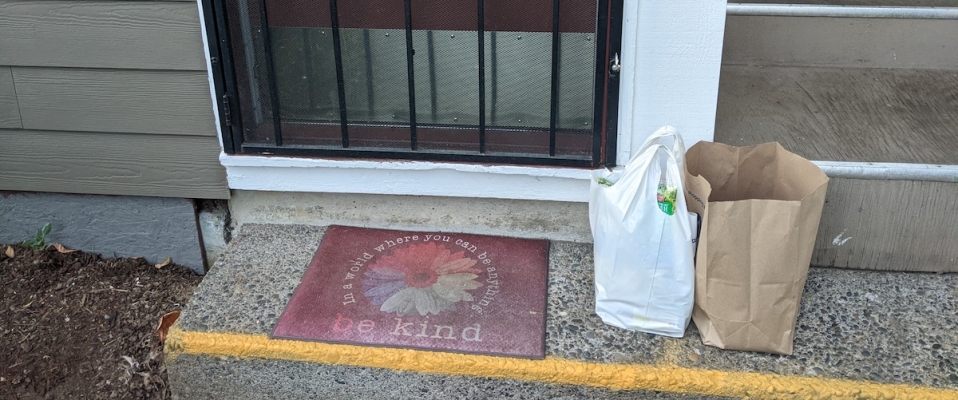When the COVID-19 pandemic first swept across North America and led to emergency shutdowns during the spring of 2020, the way people acquired food and household necessities was dramatically impacted. As stay-at-home orders minimized personal travel, transit services were reduced and many stores and restaurants either closed or modified their operations.
Some of the gaps were filled by online retailers and delivery services. However, access to goods and services varied substantially depending on people's age, income level, and ability.
A new multi-university study funded by the National Institute for Transportation and Communities (NITC), the U.S. DOT-funded university transportation headquartered at Portland State University, and the National Science Foundation (NSF) captured how households responded as local, state, and federal governments imposed and lifted restrictions, brick-and-mortar establishments closed and reopened, and e-commerce and delivery services adjusted to the changing conditions.
The findings of this research are critical for emergency planning, but also for understanding the ever-changing mechanisms used to access retail and service opportunities (whether in person or online). The research identifies opportunities for future interventions to remedy barriers to accessing food, which will...
Read more
